Inside Windsor Castle: the Queen’s favourite royal residence
Behind the scenes at the castle known for royal weddings and centuries of history
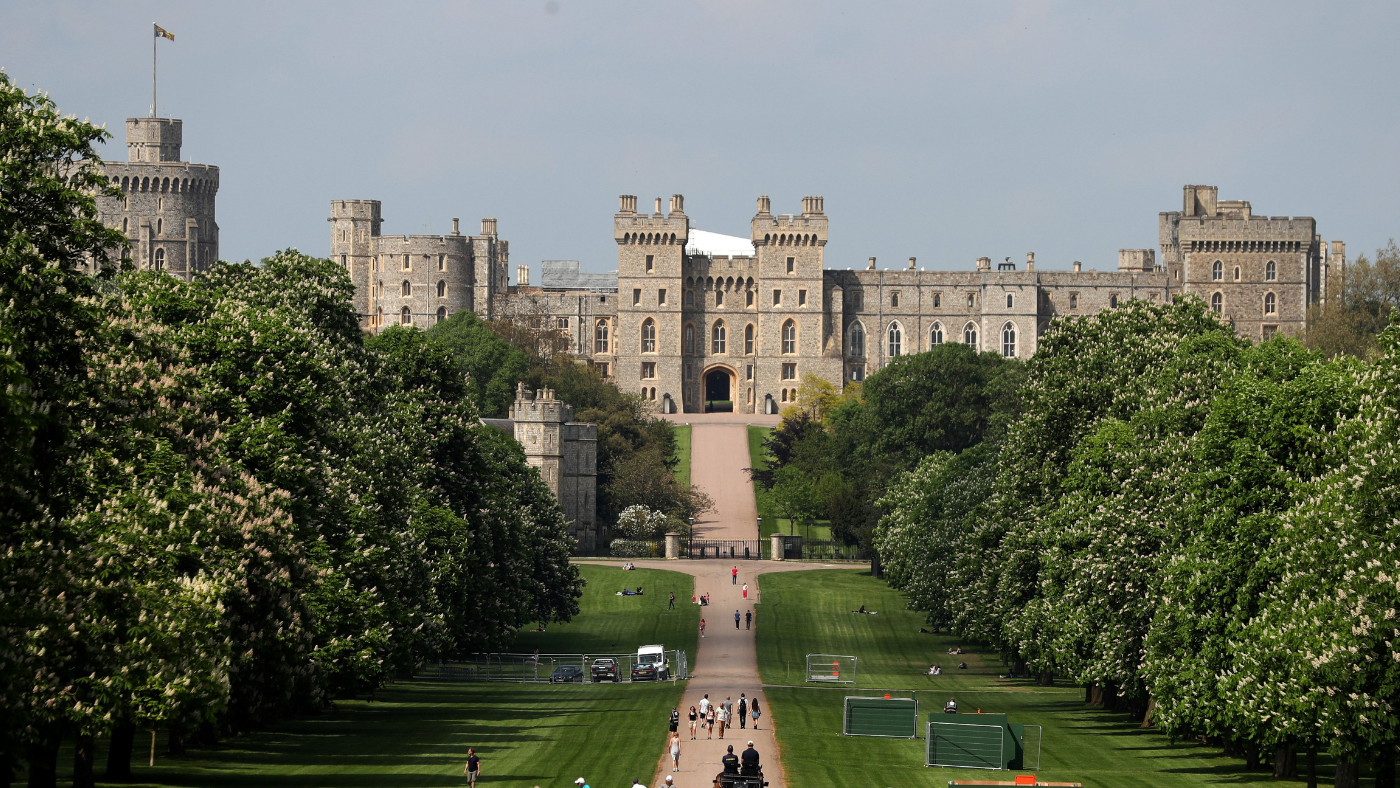
Situated to the west of London, Windsor Castle stands as the oldest and largest inhabited castle in the world.
In recent years it has been the setting for royal events spanning love and loss, including the weddings of Prince Harry to Meghan Markle and Princess Eugenie to Jack Brooksbank, as well as the funeral of Prince Philip.
In April, days after the Duke of Edinburgh’s burial, a royal insider hinted to the Daily Express that the Queen may move from Buckingham Palace to spend more living time at the castle that has “always been her favourite residence”.
The Week
Escape your echo chamber. Get the facts behind the news, plus analysis from multiple perspectives.

Sign up for The Week's Free Newsletters
From our morning news briefing to a weekly Good News Newsletter, get the best of The Week delivered directly to your inbox.
From our morning news briefing to a weekly Good News Newsletter, get the best of The Week delivered directly to your inbox.
It is at Windsor that the Queen met Joe Biden, as well as his predecessor Donald Trump - and it was also here that she received her Covid-19 vaccine in January.
Almost three times the number of visitors flock to Windsor Castle and Frogmore House combined than to Buckingham Palace in the heart of London. So what is it about the site that continues to attract tourists from around the globe?
When was Windsor Castle constructed?
Windsor Castle has served as a royal family home for almost 1,000 years. The site, “high above the Thames and on the edge of a Saxon hunting ground”, was chosen by William the Conqueror, says the Royal Collection Trust. Construction on the castle began around 1070 and was finished approximately 16 years later.
A free daily email with the biggest news stories of the day – and the best features from TheWeek.com
The castle “was originally built to secure the western approach to London”, the Trust adds, “but easy access from the capital and proximity to a royal hunting forest recommended it early on as a royal residence”.
Henry II began replacing Windsor’s original timber walls with stone towards the end of the 12th century, but it was during the reign of Edward III, in the late 14th century, that the castle was transformed into a gothic palace, much of which is still seen today
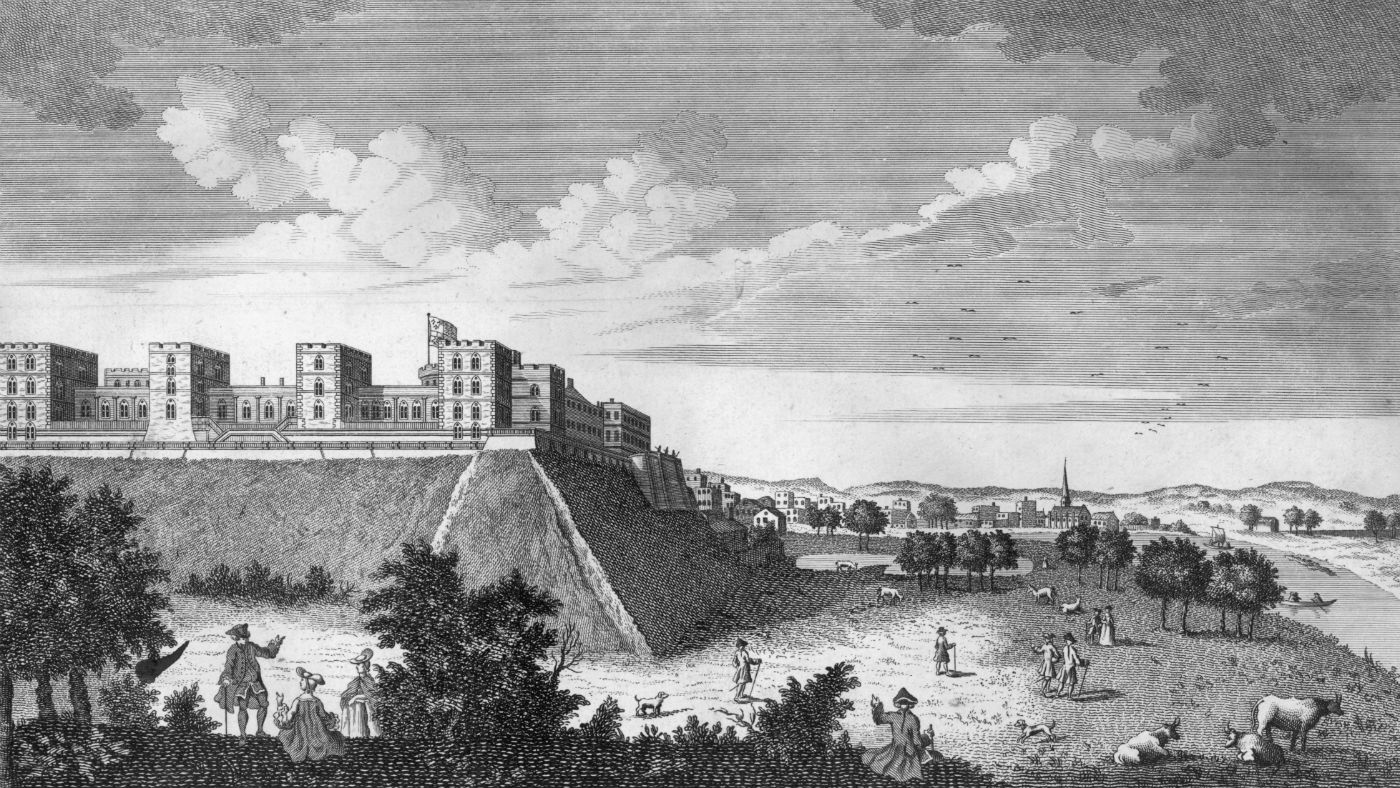
What is the castle used for?
Windsor Castle remains a functioning residence for the royal family, with around 150 people working and living on the site.
The Queen spends most of her weekends at the castle, the Royal Household website says, and takes up official residence for a month during Easter - a period known as the “Easter Court” - occasionally hosting guests such as politicians and public figures.
She also presides over Investiture ceremonies at the castle throughout the year, and stays at the castle for a week in June to attend the service of the Order of the Garter and the Royal Ascot race meeting.
Contrary to popular belief, if the Union Flag is flying above the castle it means the Queen is not present. The Royal Standard is instead flown to show the Queen sovereign is in residence, according to England’s Puzzle.
What’s special about St George's Chapel?
Although the building housing the chapel dates back to the 13th century, most of the current construction was carried out under Edward IV, who was buried in St George’s Chapel in 1483.
He is not the only member of royalty to be interred there – Henry VIII and his third wife Jane Seymour, Charles I, George III, George VI, Princess Margaret and the Queen Mother are also among those buried at the chapel.
The chapel has been a venue for royal weddings since the future King Edward VII married Princess Alexandra of Denmark in 1863. More recently, Prince Edward and Sophie Rhys-Jones – now the Earl and Countess of Wessex – tied the knot there in 1999, while Prince Charles married Camilla Parker-Bowles at the chapel in 2005.

Princess Eugenie and Jack Brooksbank also married at St George’s Chapel in 2018, just five months after the world’s press descended on Windsor for the wedding of Prince Harry and Meghan Markle.
St George’s has space for around 800 guests, far fewer than the 2,000 at Westminster Abbey, where Prince William and Kate Middleton were married in 2011, and the 3,500 that can fit into St Paul's Cathedral, where Prince Charles and Lady Diana Spencer – later Diana, Princess of Wales – said “I do” in 1981.
Inside the Castle
The Queen and other royals use the “State Apartments” for hosting official visits, investitures and awards ceremonies. Originally the “Castle Ballroom”, a grand reception room, was adorned with chandeliers, gold decoration and tapestries. Though badly damaged in 1992 by a fire that destroyed 115 rooms within the castle, restoration has brought the reception room back to its former glory.
The “Semi-State Rooms” were created as private apartments for George IV, and are used today for official entertaining. The work was “one of the most elaborate and expensive interior decoration schemes ever carried out in England”, says the Royal Collection Trust. The “Crimson Drawing Room” and the “Green Drawing Room” are evidence of this opulent design work.
Windsor is also home to Queen Mary’s Dolls’ House, the “largest, most beautiful and most famous” in the world, according to the Trust.
It took three years to create and was completed in 1924 by Edwin Lutynes. More than 1,500 artists and craftsmen contributed to the dolls’ house, which features a library with more than 200 books, running hot and cold water and a wine cellar.
The castle grounds
Windsor Castle is surrounded by vast parklands, which are part of the Crown Estate. Home Park sits adjacent to the castle on its south, east and north sides, consisting of approximately 500 acres of green space, says Encyclopedia Britannica.
The Royal Burial Ground at Frogmore, which hosts the mausoleum of Queen Victoria and Prince Albert, lies within this park.
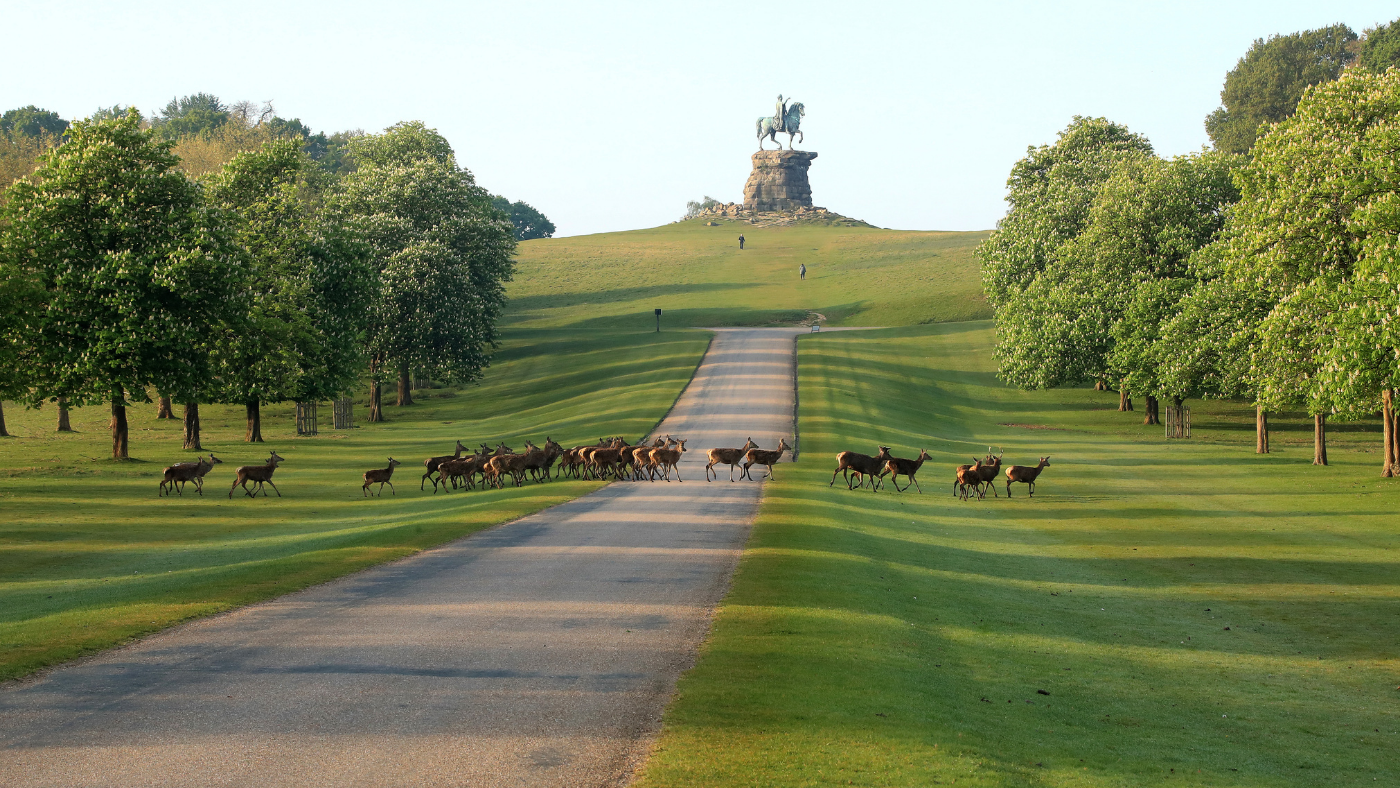
To the south of the castle lies the Great Park, which is around 1,800 acres and contains the Long Walk, a three-mile avenue leading from the castle entrance. The elm trees that once flanked this avenue were originally planted by King Charles II in 1685, but these trees were replaced by younger ones in 1945.
At the far end of the Long Walk is the Copper Horse statue, which George IV commissioned in memory of his father George III. VictorianWeb describes the monument as “a milestone in British equestrian sculpture” as it was “probably the most important of the works which helped revive the craft of bronze casting in Britain”.
Red Deer are often spotted in the castle grounds. A population of around 500 roam freely around the Deer Park enclosure, according to the Windsor Great Park website. It says the current herd “are all descendants of 40 hinds and two stags that were introduced in 1979” by Prince Philip.
-
 Zimbabwe’s driving crisis
Zimbabwe’s driving crisisUnder the Radar Southern African nation is experiencing a ‘public health disaster’ with one of the highest road fatality rates in the world
-
 The Mint’s 250th anniversary coins face a whitewashing controversy
The Mint’s 250th anniversary coins face a whitewashing controversyThe Explainer The designs omitted several notable moments for civil rights and women’s rights
-
 ‘If regulators nix the rail merger, supply chain inefficiency will persist’
‘If regulators nix the rail merger, supply chain inefficiency will persist’Instant Opinion Opinion, comment and editorials of the day
-
 Dianarama examines the ‘extraordinary scale’ of Martin Bashir’s lies
Dianarama examines the ‘extraordinary scale’ of Martin Bashir’s liesThe Week Recommends Andy Webb’s book is packed with ‘astonishing’ allegations surrounding Princess Diana’s 1995 Panorama interview
-
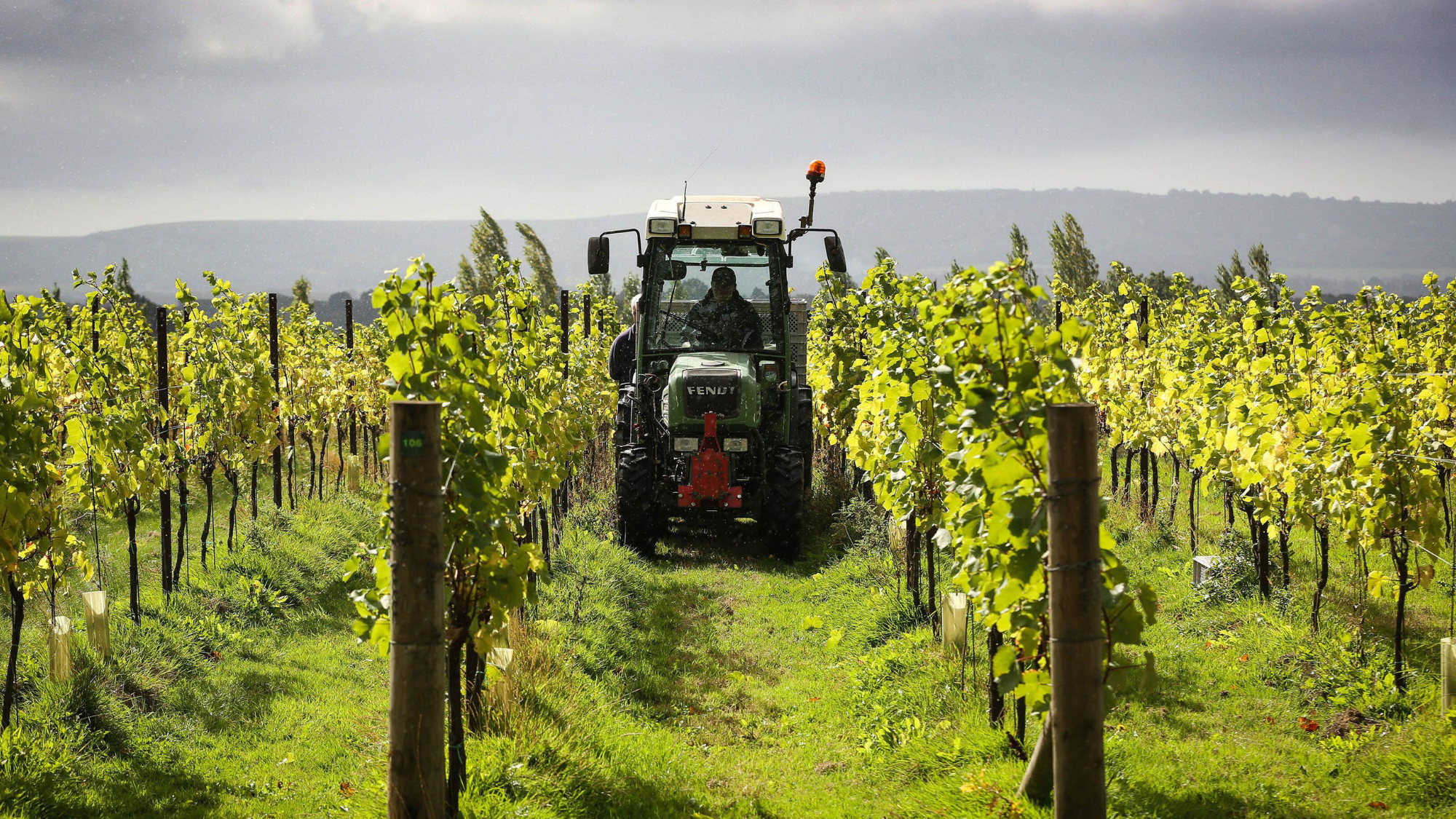 The rise of English sparkling wine
The rise of English sparkling wineThe Week Recommends As UK-based brands give champagne a run for its money, here’s everything you need to know about choosing the right bottle
-
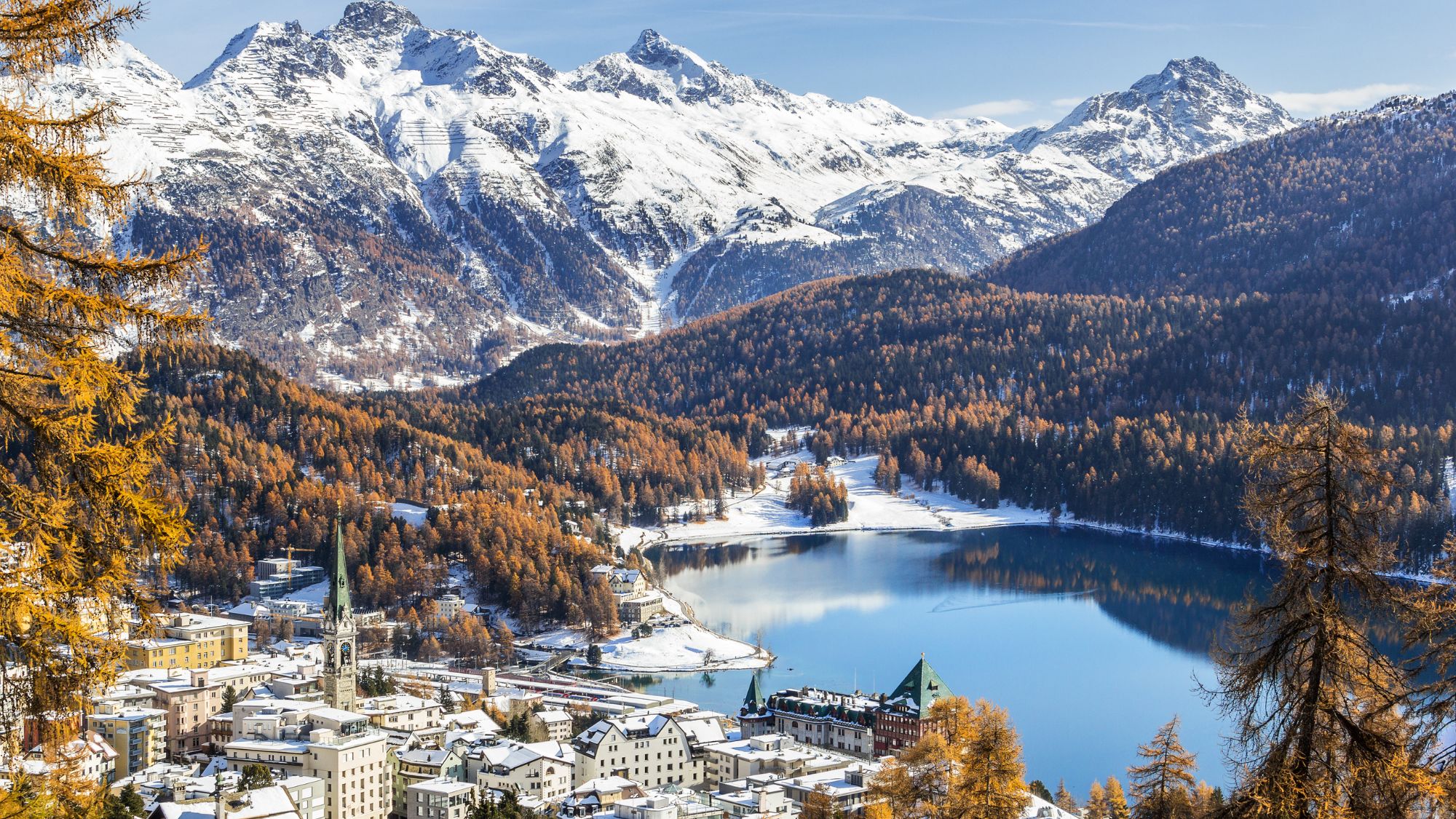 Four royal holiday hotspots
Four royal holiday hotspotsThe Week Recommends Follow in the footsteps of royalty and experience the charm of some of their most popular getaways
-
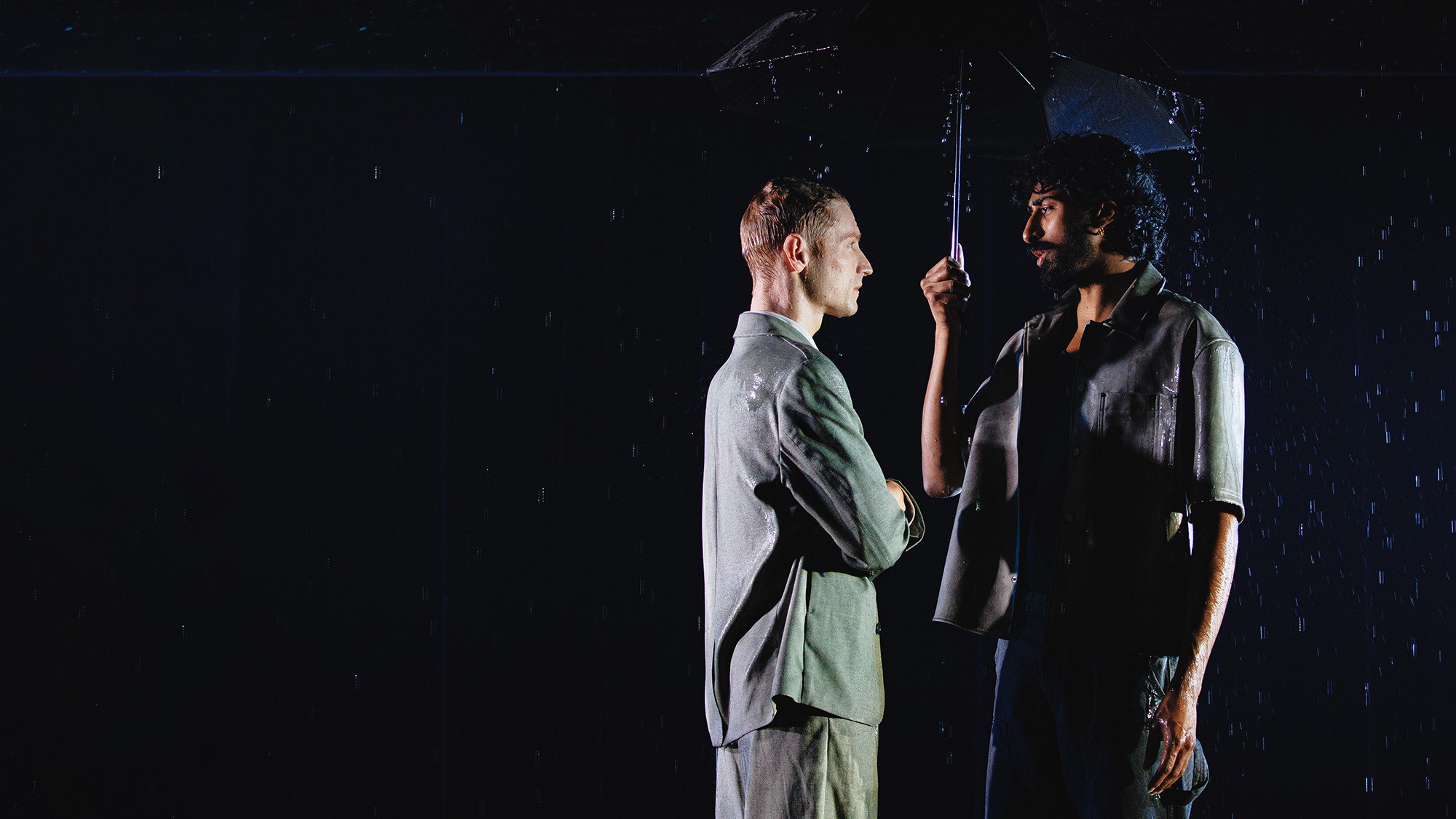 Sex, drugs and a royal ruckus: the US play with a future gay Prince George
Sex, drugs and a royal ruckus: the US play with a future gay Prince GeorgeTalking Point The controversial off-Broadway show is a hit with audiences in New York
-
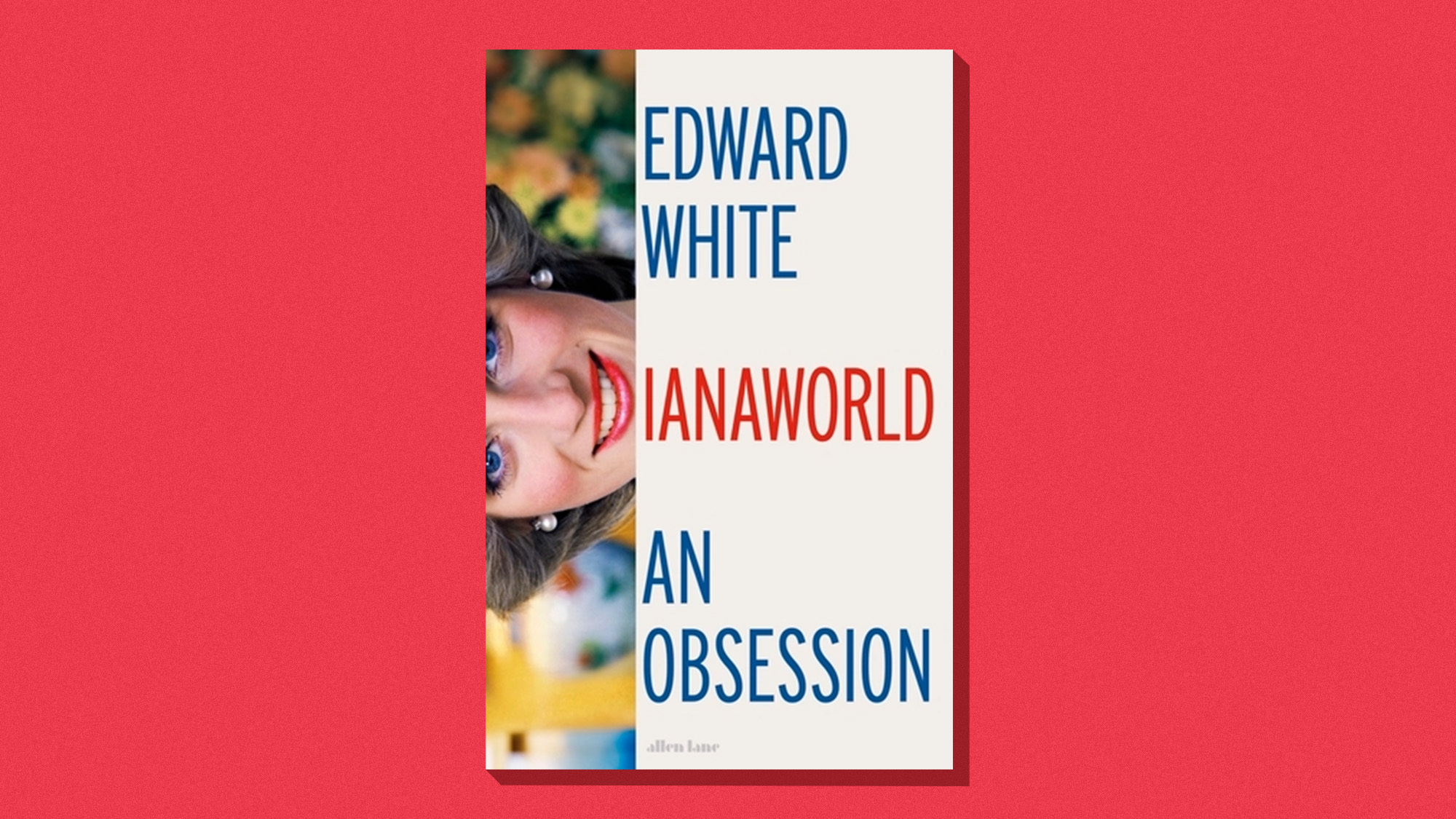 Dianaworld: the 'cultural phenomenon' behind the People's Princess
Dianaworld: the 'cultural phenomenon' behind the People's PrincessThe Week Recommends 'Very fine' book examines the cultural groups who once admired her, and the legacy she left behind
-
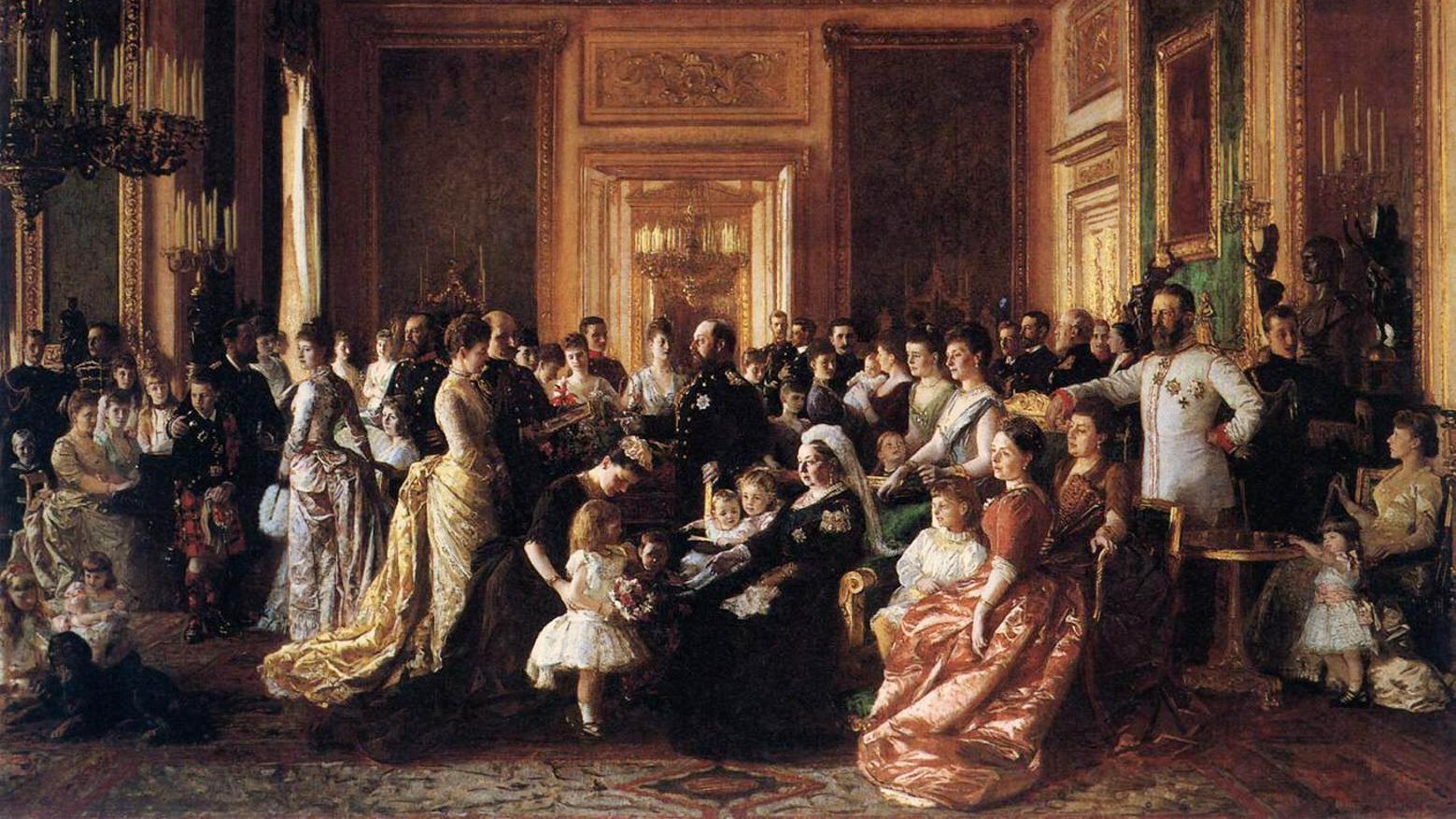 The Edwardians: Age of Elegance – no end of sumptuous objects at the King's Gallery
The Edwardians: Age of Elegance – no end of sumptuous objects at the King's GalleryThe Week Recommends The splendour of Edward VII and Queen Alexandra is on display at Buckingham Palace
-
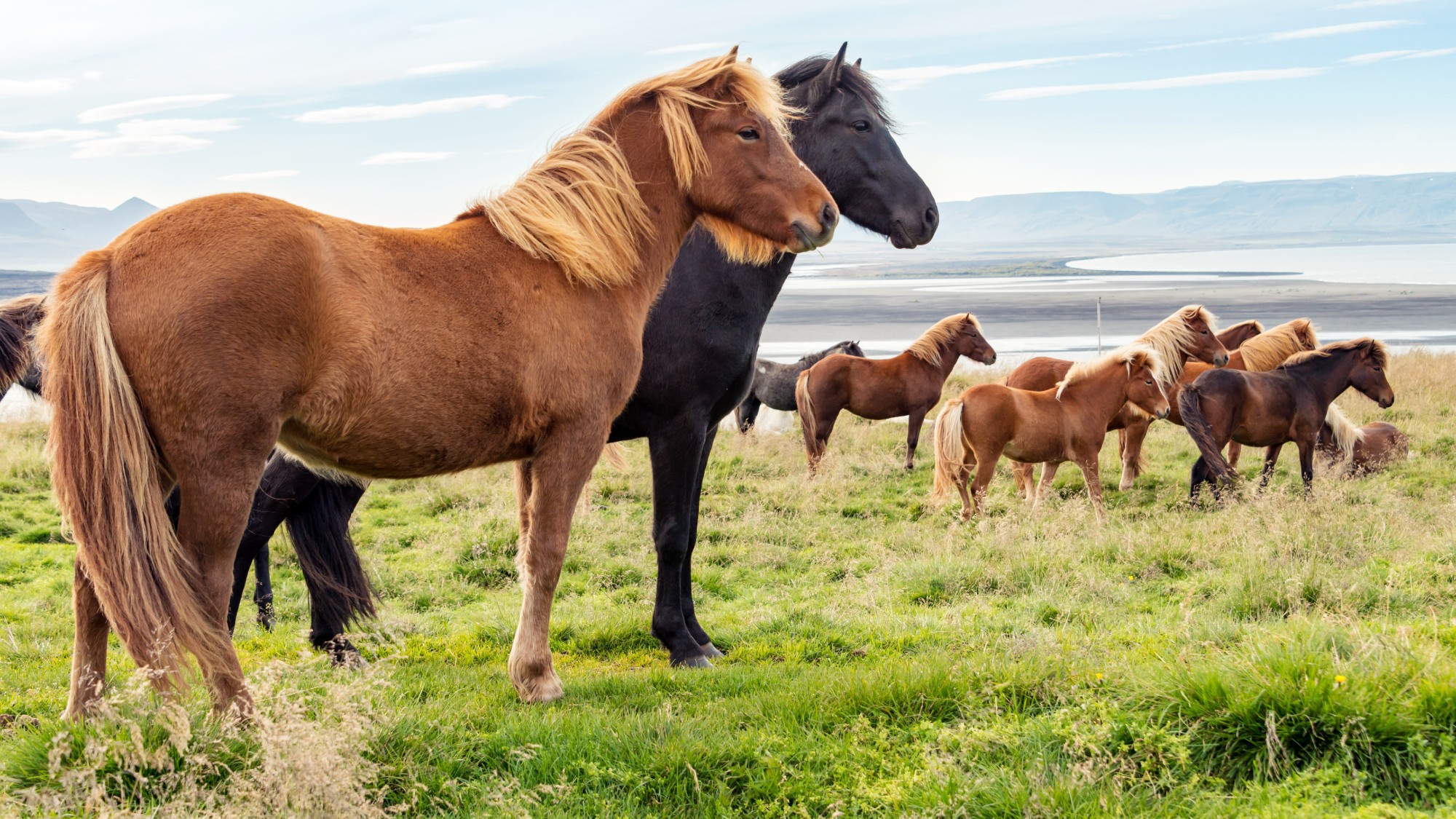 Horse around across the globe with these liberating horse-centric activities
Horse around across the globe with these liberating horse-centric activitiesThe Week Recommends These graceful animals make any experience better
-
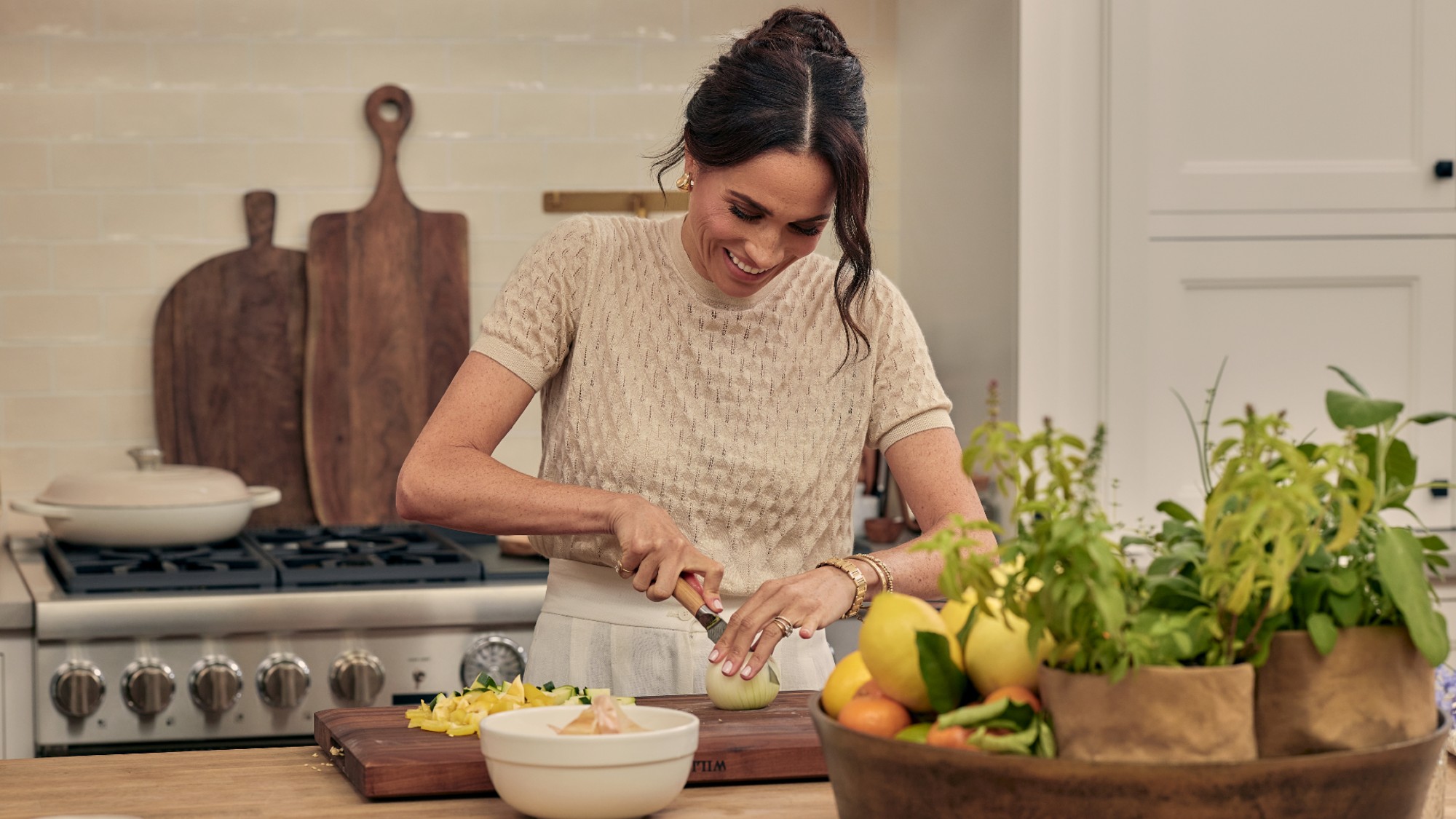 Meghan Markle's new Netflix show and the media backlash
Meghan Markle's new Netflix show and the media backlashTalking Point With Love, Megan offers fresh insights into her 'mind-bogglingly exclusive lifestyle' in California